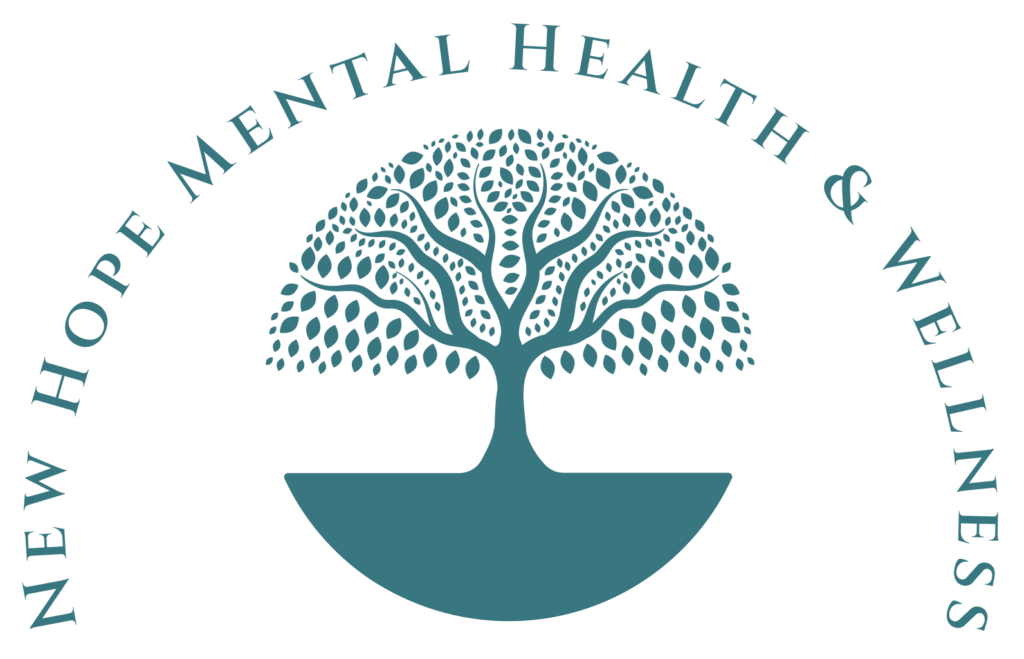The Silent Crisis in Our Midst
We often walk through life preoccupied with our daily routines, seldom realizing that someone close to us might be struggling. According to data from the Centers for Disease Control and Prevention, suicide rates have been steadily increasing in the United States for over two decades. As someone who has worked in healthcare for over 17 years, I’ve seen firsthand how untreated mental health conditions can lead to heartbreaking outcomes. Isn’t it high time we lift the veil of stigma and talk openly about suicide prevention?
The Importance of Early Intervention
Recognizing the Signs
Early intervention is pivotal in suicide prevention. But how do we recognize the signs? Look out for behavioral changes, withdrawal from social circles, a decline in performance at work or school, or an increase in substance abuse. These could be red flags.
Motivational Message
If you see something, say something. Never underestimate the power of intervention; you could be saving a life.
Opening Lines of Communication
Starting the conversation with someone who may be suicidal is difficult, but crucial. Approach the individual with genuine concern and openness, devoid of judgment. Sometimes all it takes is one compassionate conversation to pull someone back from the brink. As a mental health professional, I’ve seen this happen, and you can make that difference too.
Professional Intervention: A Multi-Faceted Approach
Therapeutic Avenues
Mental health care is not one-size-fits-all. Different people respond to different treatment modalities, which can range from medication management to individual and family therapy. Remember, early professional help can significantly alter the trajectory of a person’s mental well-being.
Community Support
Community involvement can also act as a buffer against suicidal tendencies. Peer-led groups and faith-based organizations often provide emotional and spiritual support that complements clinical care.
Question for Reflection: Are you part of a community that fosters emotional well-being? If not, what steps can you take to be part of such a nurturing environment?
The Role of Education in Suicide Prevention
Educating the public about suicide prevention is not just about crisis management; it’s about creating an informed and empathetic society. As someone who teaches the next generation of nurse practitioners, I cannot stress enough the importance of a well-rounded education that combines clinical expertise with emotional intelligence.
Call to Action: Equip yourself with the knowledge you need to be an effective ally. Learning can save lives.
Conclusion: It Starts with You
Suicide prevention is not solely the responsibility of healthcare providers or social workers. It begins at home, with friends, family, and community members willing to recognize the signs, open lines of communication, and seek professional help when necessary. As a mother, sister, and healthcare provider, I hold these principles dear to my heart. Will you join me in breaking the silence that shrouds this critical issue?
Final Thought: Every life is precious. Each step we take towards education and early intervention is a step away from unnecessary loss. Your actions could be the lifeline someone needs. Make them count.
If you or someone you know is struggling with suicidal thoughts, the National Suicide Prevention Lifeline is available 24/7 at 988 via phone or text.
New Hope is here to help you in your time of need.
Dr. Kameko McGuire, PMHNP-BC, NP-C
Family and Psychiatric Mental Health Nurse Practitioner
Founder, New Hope Mental Health and Wellness
Your one-stop shop for mental health and wellness care
850-226-8096



